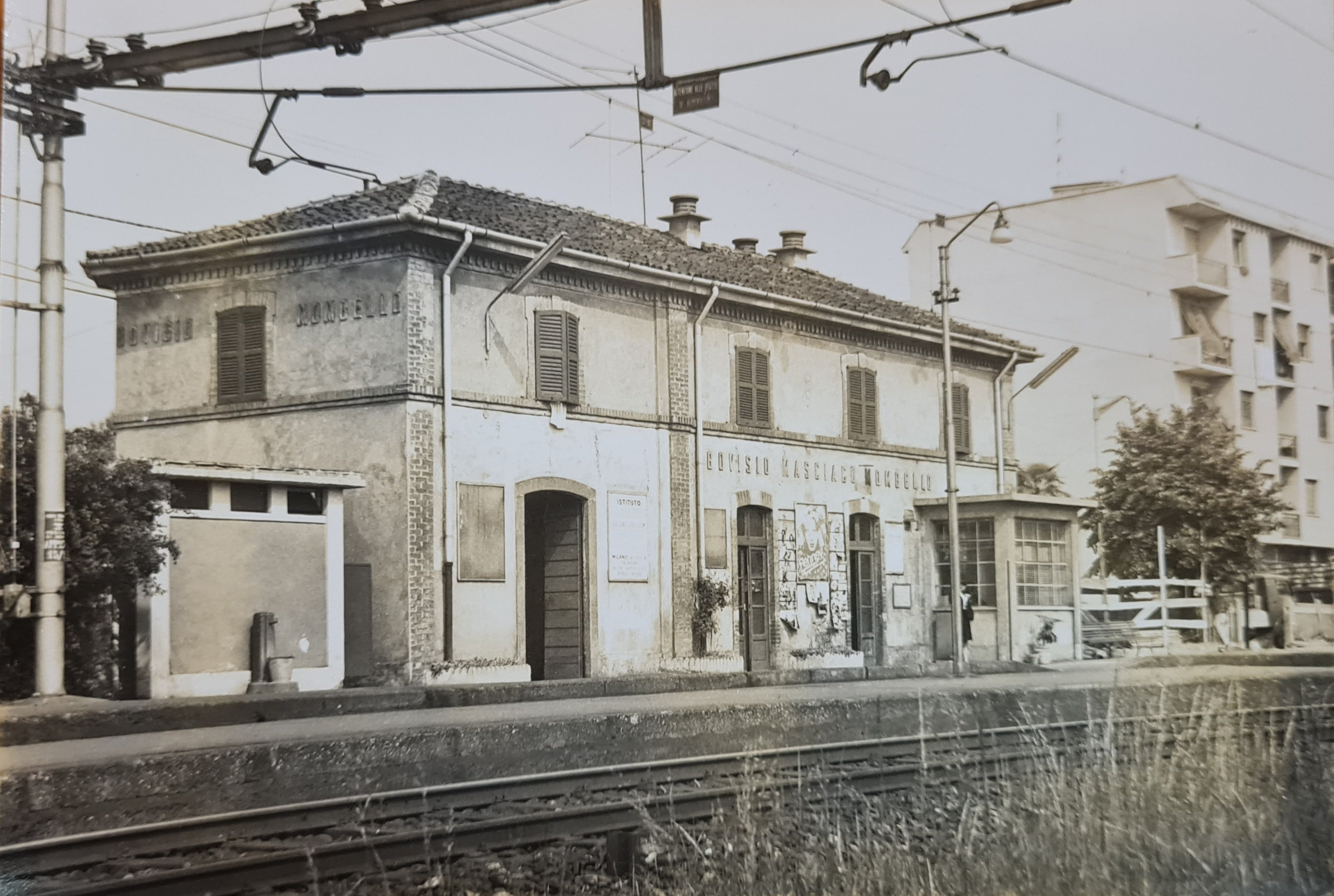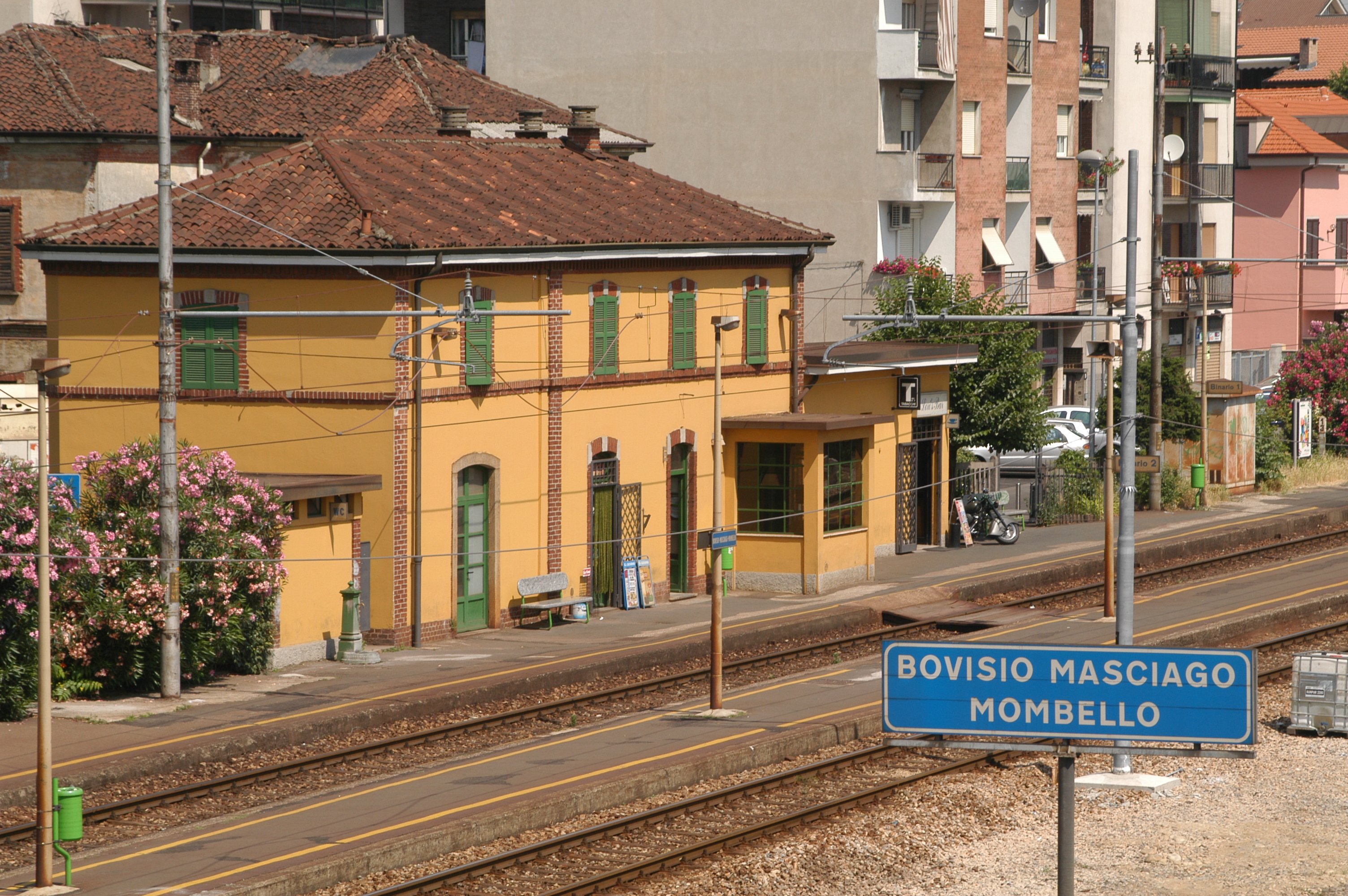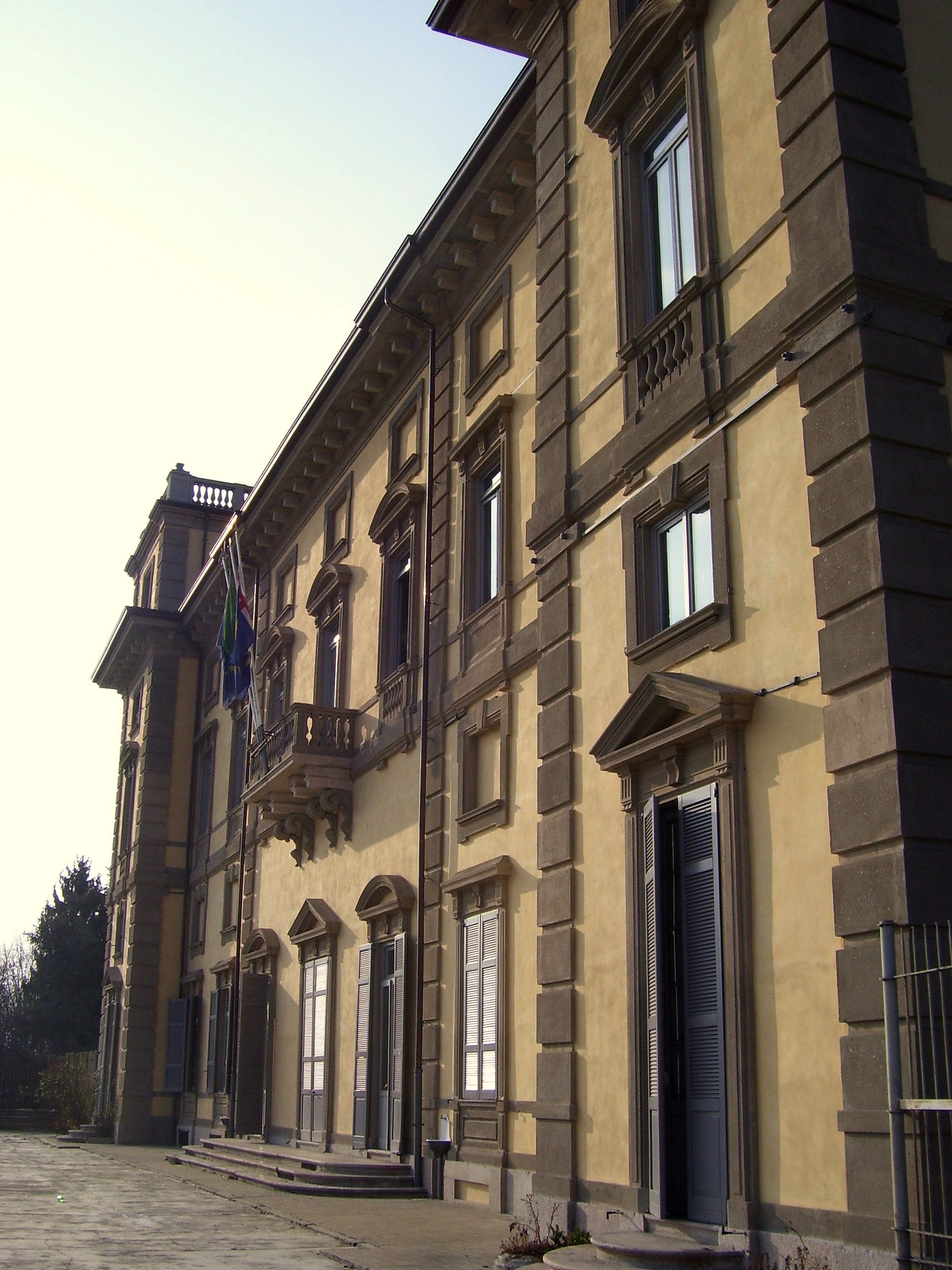Bovisio Masciago - Mombello


The municipality of Bovisio Masciago, whose area is heavily developed, is situated in the Po Valley, in the foothills of Brianza. The town is divided into two separate centres: Bovisio and Masciago. Although there is no longer a clear distinction between them, due to high levels of urbanisation and their proximity (approx. 500 m), Bovisio is situated in the north towards Binzago, and Masciago to the south towards Varedo.
In 1927, the mayor of Bovisio, Carlo Zari, invited the mayor of Masciago Milanese, Marco Cerati, to join together to form a single municipality. Thus on 31 December 1928, the King of Italy Victor Emmanuel III decreed the merging of the two municipalities into one, with the name and administrative centre of Bovisio. Twenty years later, in 1947, Bovisio was given the new name of Bovisio Masciago.
The 19th century saw a gradual rise in craft industries, particularly those related to furniture, and industrial activity.
One of the most important businesses in Bovisio Masciago was owned by the Zari family, whose first business began in 1867. The company produced wood floors, office furniture and sewing machines. During the first world war, Zari pivoted to military manufacturing, producing wood frames for airplanes. At the end of the war, the Zari factories resumed their usual activities. The Bovisio Masciago-Mombello station is located in the town of Bovisio-Masciago, which it serves, as well as serving the Mombello district of Limbiate.
Gallery

Postcard dated 1907 
Transporting cargo, early 1900s 
Palazzo Crivelli, Mombello (2 km from the station): better known as Villa Pusterla - Crivelli, it is one of the finest examples of 18th-century Lombardy architecture. The current building was designed by architect Francesco Croce at the behest of Count Stefano Gaetano Crivelli, and dates back to approximately 1754. The buildings origins are, however, much older, and date back to the early middle ages. The Villa’s rooms once hosted Ferdinando IV, King of the Two Sicilies, and Napoleon, who made it his summer residence when he stayed in Milan in 1797. A few decades later, the splendour of the Cisalpine Republic was replaced by its transformation into a psychiatric hospital. Villa Crivelli remained a hospital for 130 years, and in 1960 it had as many as 3000 patients.